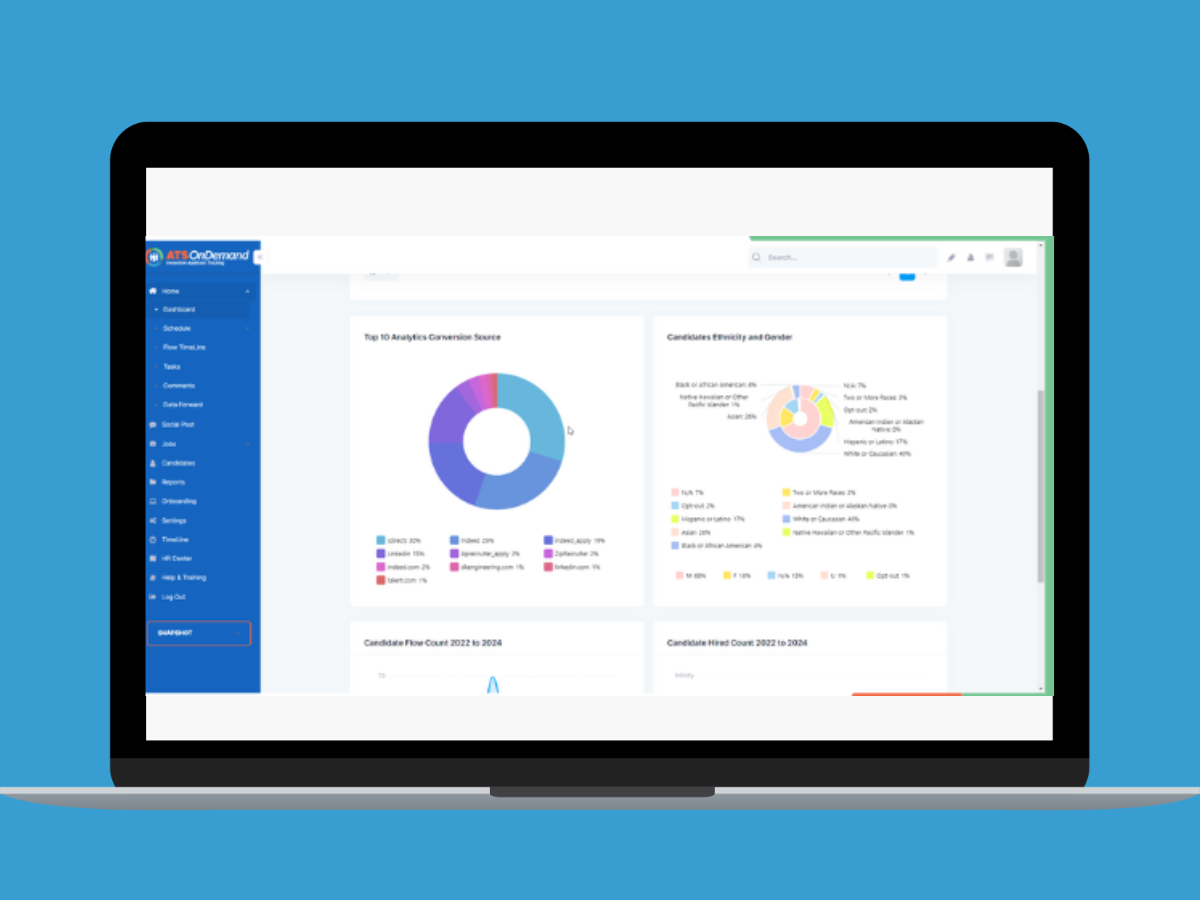You’ve closed out interviews for an open position at your company and you’re ready to offer the job to one of your candidates. You’ve reached a crucial phase in the hiring process and must draft an offer letter. While it can be tempting to write an off-the-cuff letter and get it out of the way, it’s essential to pay close attention to offer letters.
Why Are Job Offer Letters So Important?
Most professionals have received an offer letter at some point in their careers. What you might not know is that such a letter represents a binding legal contract between an employer and employee. All new hires should sign an offer letter that clearly details their compensation and benefits. Keep the signed original in the employee’s permanent file. If you use an Applicant Tracking System (ATS) or personnel management software, upload a signed copy of the letter to that system as well.
Writing a solid offer letter is important because it helps to establish common ground between a new employee and a company. A signed offer letter can also protect your company if an employee quits a job and claims that job duties and compensation weren’t described accurately. Most importantly, having a professionally drafted, signed offer letter communicates to a talented job candidate that you are serious about bringing them on board.
What to Include in Your Offer Letters
Preparing an offer letter should be a breeze so long as you know what should be included. As you write offer letters, be sure that you’ve covered all of these subjects:
- Compensation: The letter should list the employee’s salary or hourly rate, pay frequency, stock options and information about bonuses or commission programs.
- The Job and Supervisor: The job title and the manager to whom the new employee will answer should be clearly stated in the offer letter. It’s also a good idea to include a brief job description here.
- Hours: Clearly state whether the employee is full time, part time or seasonal. List the expected work hours and make note of any overtime or seasonal expectations.
- Vacation: List the total amount of vacation, sick and personal time awarded to employees each year with an explanation of how vacation benefits are accrued.
- Benefits: List the benefits offered with the position and describe them in brief. Be sure to list effective dates for insurance coverage, 401(k) contributions and other time-sensitive benefits.
- Key Dates: Inform the employee of the length of their probationary period and the likely date of their first performance evaluation.



